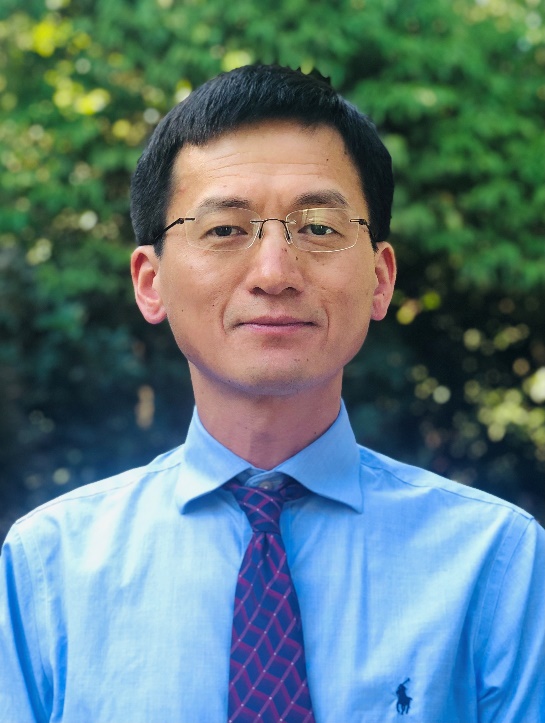About The Speaker
Dr. Alan Wang is the Mearse Endowed Chair Professor in the Department of Electrical and Computer Engineering at Baylor University since August 2022. He obtained his Ph.D. degree in Electrical and Computer Engineering from the University of Texas at Austin in 2006. From January 2007 to August 2011, he was with Omega Optics, Inc., where he served as the Chief Research Scientist for multiple government funded Small Business Innovative Research projects. He joined Oregon State University in 2011 and was promoted to full professor at the School of Electrical Engineering and Computer Science. His current research spans over photonic integrated circuits, nanophotonic devices, and various nano-scale optical sensors based on surface-enhanced Raman scattering, infrared absorption, and fluorescence imaging.
Event Details
Diatoms are microalgae with unique photonic crystal structures, which can be found in every habitat where water is present. Their abundance and wide distribution make them ideal materials for a wide range of applications as living organisms. We have developed hybrid diatom photonic crystals with plasmonic nanoparticles (NPs) as ultra-sensitive, low-cost substrates for surface-enhanced Raman scattering (SERS) sensing. The enhancement comes from the photonic crystal enhancement of diatom frustules that could improve the hot-spots of plasmonic NPs. Recently, we reported the unique micro-fluidic flow, analyte concentration effect, and thin layer chromatography (TLC) on diatom biosilica, which enables selection, separation, detection, and analysis of complex chemical and biological samples. Especially, we developed a lab-on-a-chip technology based on TLC-SERS sensing and successfully applied it to various applications including food safety, illicit drug residue sensing, and biomarker detection. As a relatively new analytical tool, SERS techniques face tremendous challenges in quantitative sensing due to the intrinsic variation of the enhancement factors. In the last topic, we will discuss our efforts of applying machine learning including support vector regression and convolutional neural network to analyze the data collected by diatom photonic crystal biosensors, which showed superior performance in quantitative sensing.
